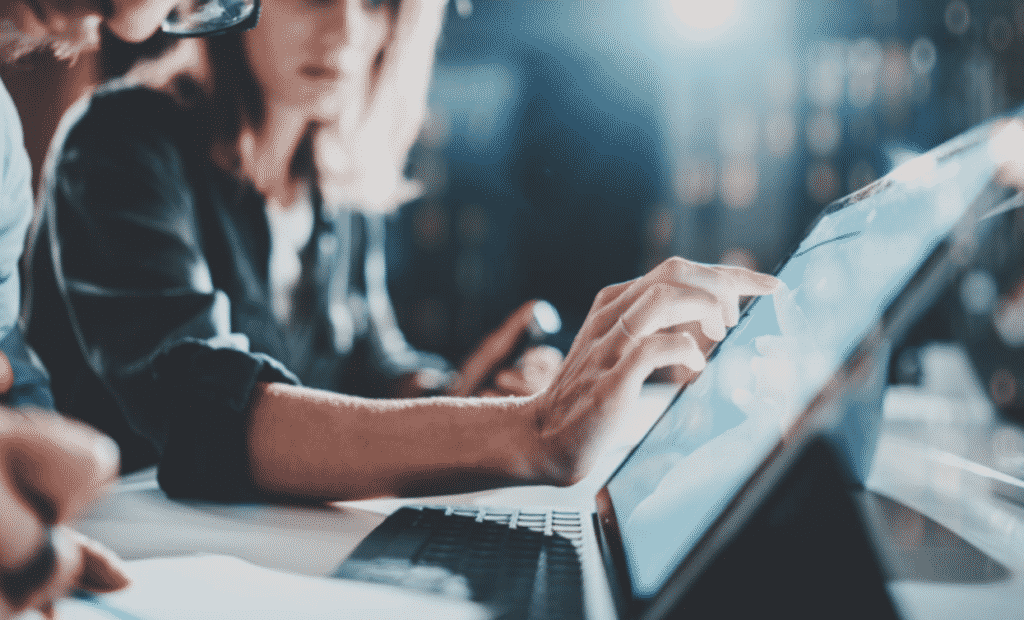Online learning is now the new normal. In a bid to reduce physical gatherings, educators now prefer using online learning tools for remote learning. Whereas this move is timely and necessary, most institutions did not have adequate time to prepare. Thus, in terms of facilities and knowledge, most of them lag behind. Some use free learning tools available on the internet as they do not have a budget to overhaul their system to digital. Such devices may have tracking, poor privacy policies, or malware, which puts institutions at risk. Educators and students do not receive the required training on cybersecurity. Thus, they lack knowledge of what actions make them susceptible to cyber-attacks. To ease the situation, here are highlights of top cybersecurity issues that need awareness.
Safe Remote Access
Remote access creates an opportunity for cybercriminals to leverage. For online learning purposes, educators store information on the cloud. Thus, people with malicious intent do not need to physically break into the institution to get the data. They can do it at the comfort of their computer. Numerous users have access to the data, for example, instructors, students, administrators, IT staff, and other support staff. An increase in the number of people who may log in to the system increases the risks. For example, if any of the users have a compromised device, they put the entire system at risk once they log in. To prevent such cases, you should whitelist applications that run in the design and limit authorized devices’ access. The goal is to have visibility of any risky endpoints and cut them off at an early stage.
Phishing Attacks
Phishing is one of the most common and easiest ways used by cybercriminals to breach entry. Hackers manipulate students and teachers using malicious links that they are most likely to click. For example, when a university student inputs the search, write my essays for me, there are numerous options. Some may not be credible or may contain phishing links masked as discount codes, redirect links, etc. This is called deceptive phishing, where fraudsters present themselves as legitimate companies to steal people’s login information or any private data. The most effective way of countering phishing attacks is training the users. They need to be aware of the different phishing techniques and know-how to gauge a phishing attempt. Institutions can also get email security and endpoint protection to protect the users and the system from known and unknown malware.
Malware Protection
With remote learning, administrators have no control over what access devices the users use. Any device can log in as long as one has the required information. It is even more challenging to monitor the applications and antivirus in all devices and whether they are up to date. The most effective measure is to put up modern web protection that identifies the latest threats and blocks access. Institutions can also use a web filter. This is a content control software that regulates the websites that a user visits. For example, denylist filters may protect students from inappropriate content and cyberbullying. Institutions can also control how the staff uses corporate devices, which helps in safeguarding against threats.
Data Security
The data that education institutions hold is precious to hackers. They are often chasing sensitive information like student data or the school research, which is intellectual property. When they get access, they can fetch a reasonable price for it on the dark web or use it for malicious purposes. They can also choose to ransom it. This is called ransomware, where they gain control of part or the whole system and ask for payment for the system to work. To curb such occurrences, institutions need strict ways of verifying user identity, such as two-factor authentication. Authorized users should also have a limit on the information they can access.
Data Leakage
This is where a user transmits data from the institution to an external recipient without authorization. In most cases, data leakage occurs via email or data storage devices like USB keys. Often, it is accidental. Due to some of the information’s confidential and sensitive nature, data leakage may resort to a lot of damage. It may ruin an institution’s reputation, which may result in profound financial implications. Affected parties can also file lawsuits. To limit data leakage, institutions should develop a security policy that defines best practices that all users should follow. Clarifying sensitive information and having rules on how end-users share it may also help.
Conclusion
As long as technology keeps evolving, hackers will always come up with new ways to beat the system. All stakeholders must ensure cybersecurity by constantly updating to advanced protection techniques. Failure in one department compromises efforts by others. Specialized training is necessary for students and other education stakeholders at all education levels. There needs to be a lot of mindfulness when sharing information and maximum monitoring of data utilization inside and outside the virtual classes.

